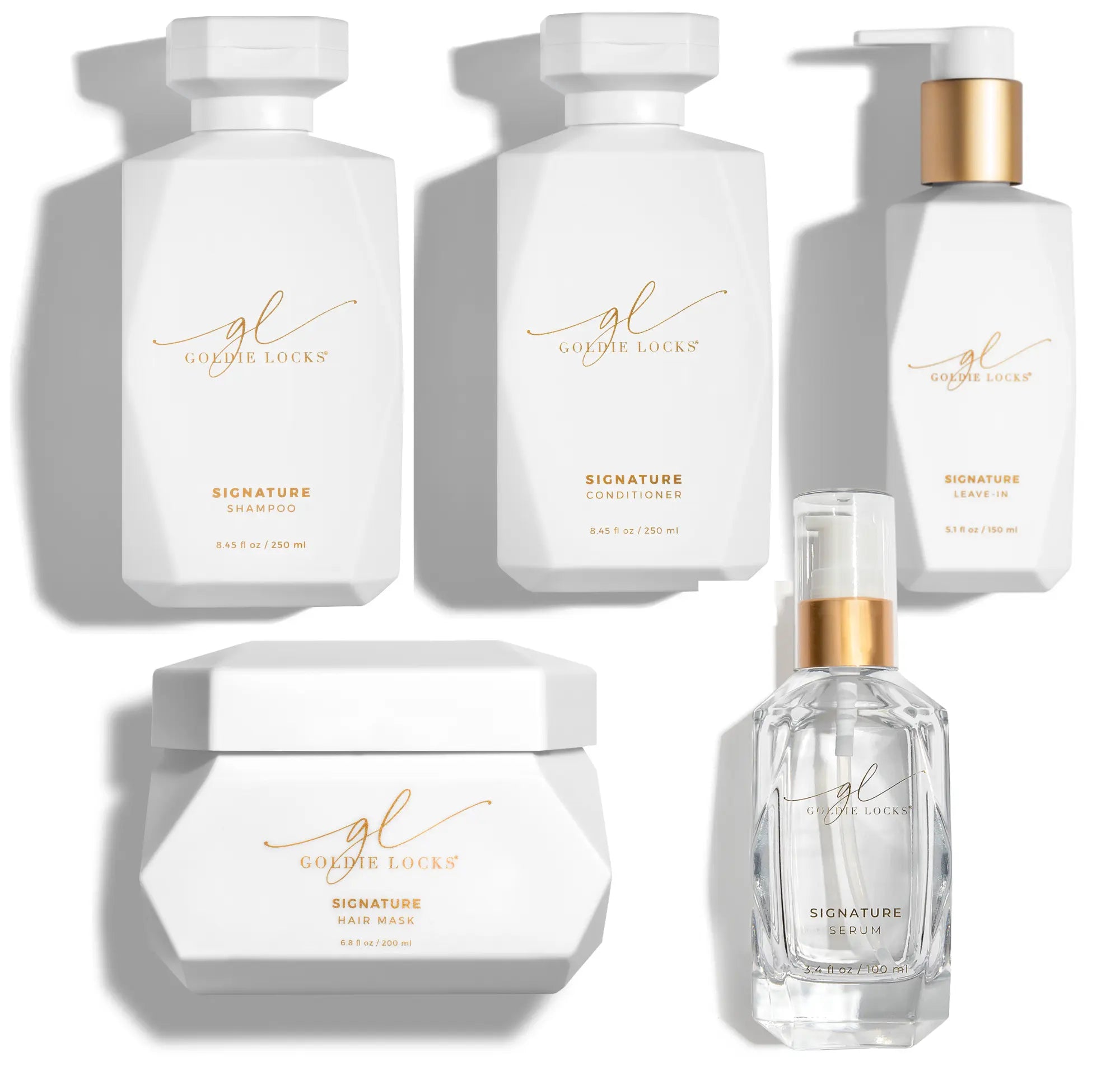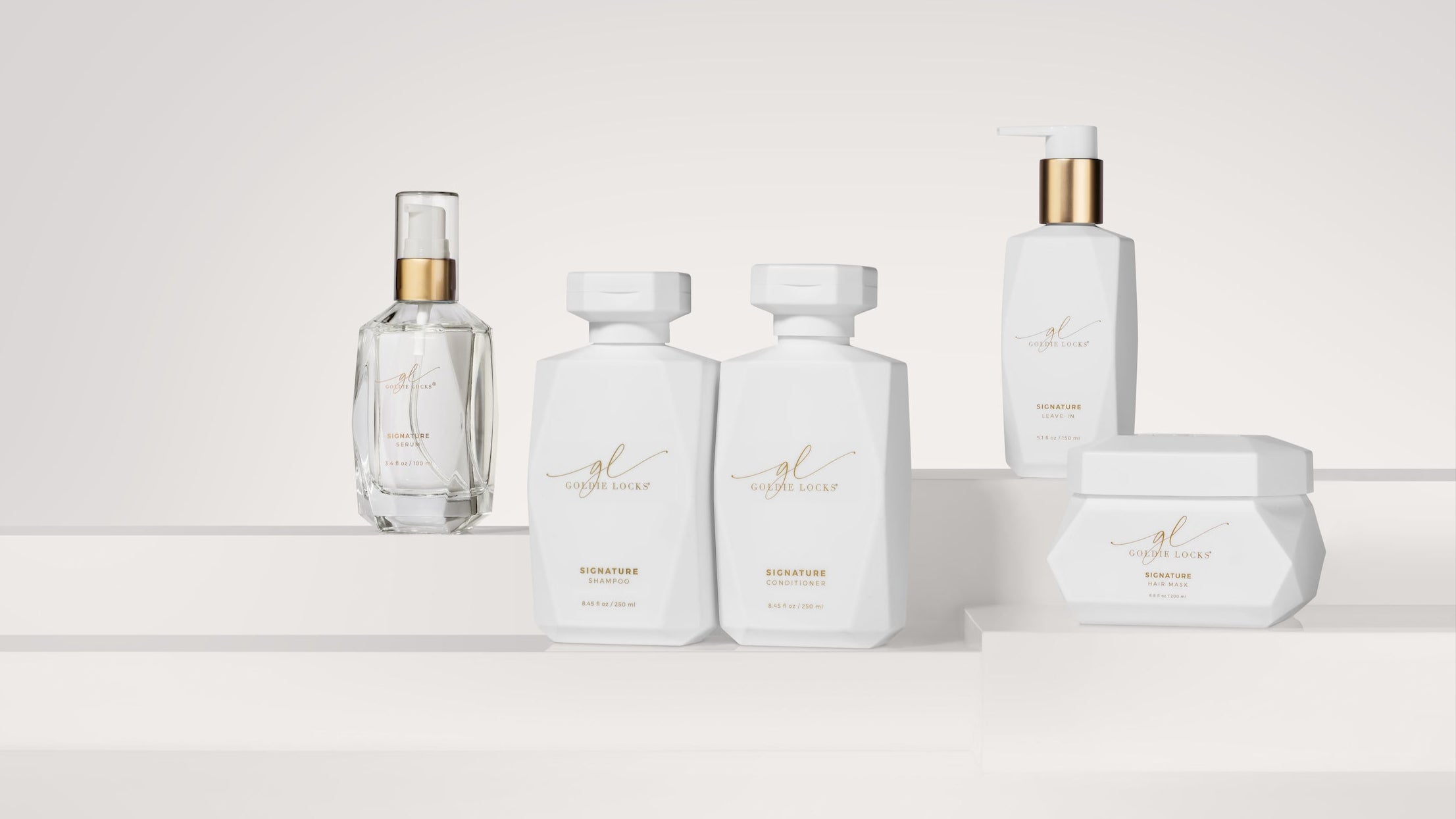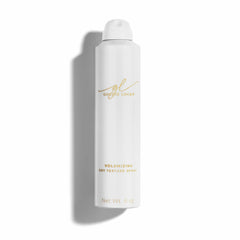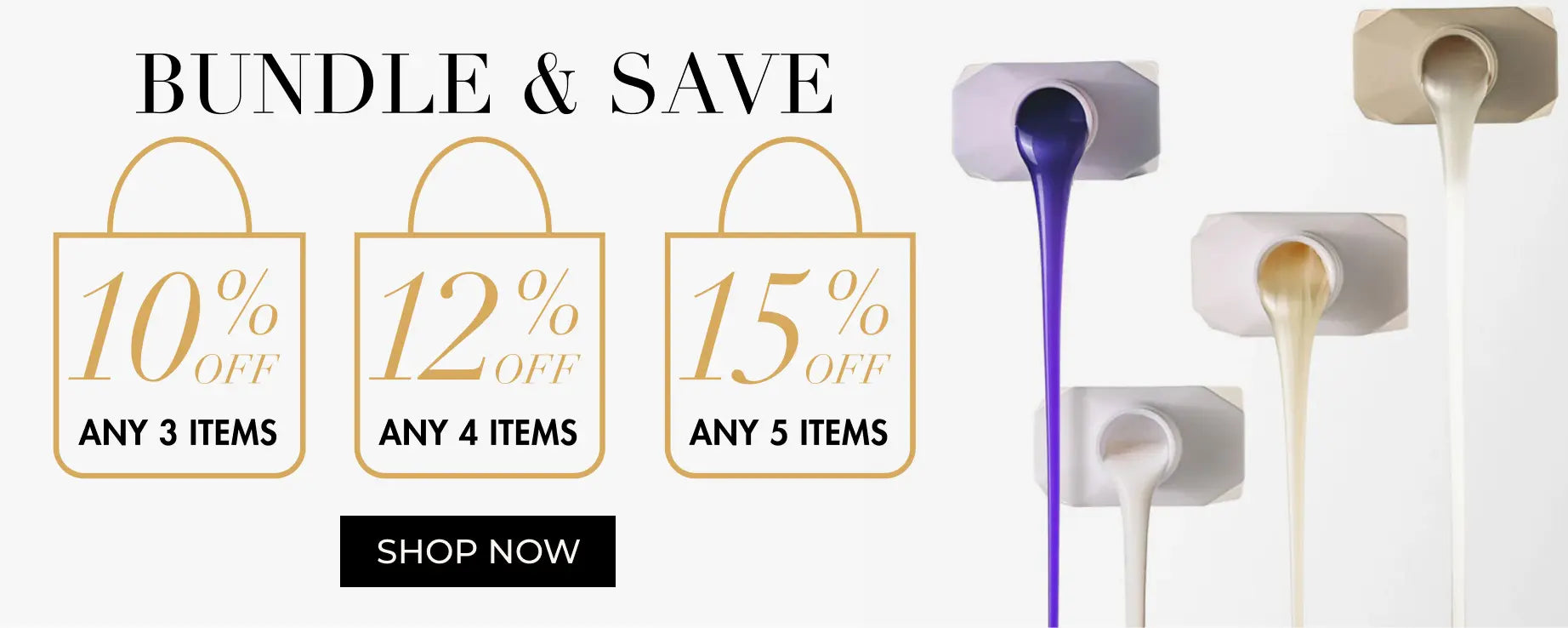Many people assume that achieving healthy hair requires complicated routines, costly products, and endless time. But in reality, when it comes to nurturing shiny, bouncy, and strong locks, it’s often the simple, consistent habits that make the most meaningful difference.
Keep reading to explore thoughtful tips for a hair care routine that’s simple, sustainable, and designed to last.
Index
Expert Insight:
“My #1 Habit for Healthy Hair? A Consistent Routine ✨
The secret to strong, beautiful hair isn’t just in the styling, it’s in the care.
My go-to habit is sticking to an established routine that includes regular treatments and the right at-home hydration products. But here’s the real key:
➡️ Removing buildup + replenishing moisture = everything.
Buildup acts like a barrier on your hair and scalp. It blocks hydration, suffocates your strands, and can leave your hair feeling brittle, dry, and lifeless. Even the best products won’t work if buildup is in the way.
- Start with proper Clarifying Detox Shampoo and cleanse
- Follow with Signature Hydrating Mask treatment
- Stay consistent with your home care
Your hair (and scalp) will thank you!” 💛 - Erin Caltabiano
10 Tips on How To Have Healthy Hair
Though genetics may influence your hair type, factors such as diet, weather, pollution, and your overall approach to hair care are all crucial to achieving and maintaining healthy hair.
1. Know and Understand Your Hair Type

- Identify your hair type (straight, wavy, curly, or coily) to determine how often you should wash your hair.
- Choose products formulated for your hair type and condition (oily, normal, or dry) to address specific needs like moisture, oil control, or damage repair. Always opt for gently formulated shampoos such as Goldie Locks® Signature Shampoo.
2. Daily Hair Care

- Wash your hair according to your scalp’s natural oiliness: if you have oily hair and scalp, you may want to wash daily. For dry or chemically treated hair, try washing less frequently.
- Focus shampoo on your scalp: when shampooing, concentrate on the scalp rather than the entire length of your hair to help reduce frizz and dullness.
- Condition your ends: after shampooing, gently squeeze excess water from your hair. Then apply Goldie Locks® Signature Conditioner from the mid-lengths to the ends, concentrating on the tips.
- Gently dry and detangle your hair using appropriate brushes or wide-tooth combs.
3. Essential Maintenance

- Get regular trims every 6–8 weeks to keep your hair healthy and prevent split ends.
- Use heat protectants before styling, and whenever possible, allow your hair to air dry. Try Goldie Locks® Blow Dry Spray for heat protection, frizz control, long-lasting style hold, and faster blow-drying time.
- Minimize chemical treatments like perms, relaxers, and dyes. If you dye your hair, choose a shade within three shades of your natural color. Consider using Goldie Locks® Brilliant Blonde Purple Shampoo to keep blonde, gray, and platinum hair vibrant.
- Avoid hairstyles that cause breakage or harm your hair follicles.
Expert Insight:
“To keep your hair healthy, I strongly suggest sleeping with a silk or satin pillowcase to reduce friction and breakage. I love using the Goldie Locks® Serum before bed—it adds moisture and shine. After applying it, I gently brush through with a Mason Pearson brush.
For extensions, I wrap them using the “sock curl method” to create soft, heatless curls while keeping them tangle-free overnight. In the morning, I spray the Goldie Locks® Blow Dry Spray and use a small pump of the Smoothing Cream to refinish my ends.” - Elly Schott
4. Hair Mask and Deep-Conditioning Treatment

- Use a deep conditioning mask weekly to replenish lost moisture, add strength, and help prevent damage. Try Goldie Locks® Signature Hair Mask for effective results.
- Incorporate a leave-in conditioner into your routine for added hydration and protection. Consider Goldie Locks® Signature Leave-In Conditioner and Goldie Locks® Smoothing Cream.
- Goldie Locks® Ultimate Hydration Bundle is specially formulated to deliver unparalleled moisture, ensuring every strand is deeply hydrated, radiant, and resilient.
5. Nighttime Hair Care

- Protect your hair while you sleep by using silk pillowcases or hair wraps. Silk helps prevent breakage, tangling, and dryness.
- Brush before bedtime: this helps distribute your scalp’s natural oils for healthier, shinier hair.
Expert Insight:
“One of my go-to habits for healthy hair all year round is using a silk pillowcase and consistent hydration. I always recommend a nourishing supplement like Goldie Locks® Hair Growth Supplements paired with their Leave-In Conditioner to keep the hair moisturized. It’s about consistency!” - Shelby Sells
6. Scalp Care

- Regularly massage your scalp to stimulate hair growth. Studies show regular scalp massages may encourage circulation and help nutrients reach hair follicles faster. Apply Goldie Locks® Scalp Serum to revitalize strands.
7. Nutrition and Lifestyle

- Eat foods rich in protein to prevent weak, brittle hair and loss of hair color; omega-3 fatty acids to stimulate hair follicles; zinc to protect against hair shedding; and biotin, essential for keratin production.
- Drink plenty of water to keep your hair hydrated and healthy.
- Support hair with Goldie Locks® Hair Supplements, formulated to promote the appearance of thicker, fuller-looking hair, reduce shedding, and provide essential nutrients to strengthen hair while reducing breakage and loss.
- Maintain a healthy routine for both body and mind: stress and lack of exercise can contribute to poor hair health.
8. Seasonal Hair Care

- Adjust your hair care routine with the changing seasons, as humidity, sun exposure, cold weather, and wind can all affect your hair’s health.
- Protect your hair from sun exposure, salt water, and pool chlorine by wearing hats or caps and applying a leave-in mask before swimming.
9. Special Hair Conditions

- Seek professional advice for persistent hair thinning or hair loss, as these may result from overconsumption of alcohol, low-calorie or crash diets, decreased thyroid hormone levels, excessive stress, blood thinners, or certain prescription medications for heart conditions, depression, high blood pressure, and arthritis.
- Understand how hair can change during pregnancy, menopause, or aging. For example, the scalp tends to produce less oil with age, which may reduce the need for daily washing.
10. Hair Care Myths Debunked

- Educate yourself to avoid common hair care myths such as:
-
“Cutting your hair makes it grow faster.”
Fact: Regular trims prevent split ends and breakage, helping hair look healthier, but they don’t influence growth rate. -
“You should shampoo every day.”
Fact: Daily washing can strip natural oils. Most hair types benefit from washing 2–3 times per week. -
“Brushing your hair several times a day makes it healthier.”
Fact: Gentle brushing to distribute natural oils is helpful, but over-brushing can cause breakage. -
“Oily hair doesn’t need conditioner.”
Fact: Oily hair still needs moisture. Use a lightweight conditioner applied to the ends.
-
“Cutting your hair makes it grow faster.”
FAQs
How do I make my hair healthy?
Healthy hair starts with proper care, good nutrition, and avoiding damage. Use products that are gentle and suited to your hair type, and understand how, when, and how often to wash your hair. Eat well and maintain a healthy lifestyle to protect your hair from the inside out.
How to tell if hair is unhealthy?
Dryness, breakage, split ends, tangles, dullness, excessive frizz and flyaways, or scalp issues can all be signs of damaged or unhealthy hair.
What is the healthiest thing for your hair?
A combination of nourishment, protection, and a healthy lifestyle is key to maintaining healthy hair. There isn’t a single product or formula that guarantees perfect hair, but by following the tips above, you’ll give your strands the care they need to thrive.
What actually strengthens hair?
To strengthen hair, focus on protecting the hair shaft from the inside out by keeping it well-nourished, hydrated, and shielded from damage. In addition to using gentle products and following a consistent routine, nutrients like protein (the building block of keratin), healthy fats, omega-3s, and essential vitamins all contribute to stronger, more resilient hair.
Final Thoughts
Healthy hair doesn’t require a major transformation. By maintaining small, consistent habits, choosing the right products, and living a healthy lifestyle, you can support stronger, shinier, and more resilient strands.
Listen to your hair’s needs and respond accordingly. Remember, more often than not, healthy hair starts from within.


























